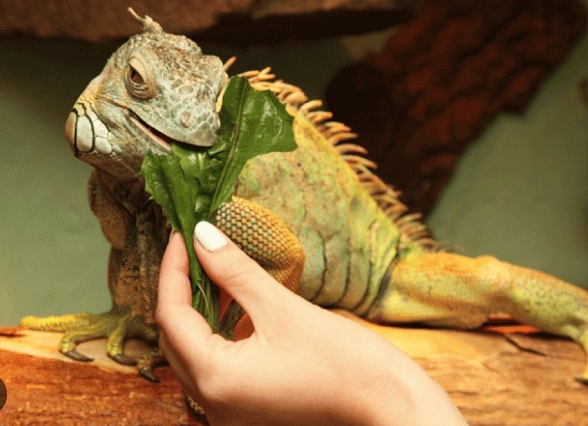Lizards are fascinating creatures with a wide variety of feeding habits. From herbivores to carnivores, these reptiles have insatiable appetites that drive their behavior and survival tactics.
Carnivorous Lizards:
Some lizards are carnivorous, meaning they primarily feed on insects and other small animals. These predators have sharp teeth and keen eyesight to help them catch their prey. Some examples of carnivorous lizards include the chameleon and the monitor lizard.
Herbivorous Lizards:
On the other hand, there are herbivorous lizards that solely consume plant matter like fruits and vegetables. These lizards have specialized dentition that allows them to efficiently chew and digest their plant-based diet. The green iguana is a well-known herbivorous lizard that enjoys munching on leafy greens and fruits.
Omnivorous Lizards:
There are also omnivorous lizards that have a varied diet of both plant and animal matter. These lizards have a diverse feeding strategy that allows them to adapt to different environments and food sources. The bearded dragon is a popular omnivorous lizard that enjoys a mix of insects, fruits, and veggies.
Feeding Behaviors:
Lizards exhibit a range of feeding behaviors that are unique to their species. Some lizards are sit-and-wait predators, where they patiently wait for prey to come within striking distance. Others are active foragers that actively search for food throughout their environment. Understanding these feeding behaviors can help us better appreciate the diverse strategies that lizards use to survive.
Conclusion:
The insatiable appetites of lizards are a testament to their evolutionary success and adaptability. Whether they are carnivores, herbivores, or omnivores, these reptiles have developed unique feeding habits that allow them to thrive in various ecosystems. By understanding and appreciating these feeding behaviors, we can gain a deeper insight into the fascinating world of lizards.

